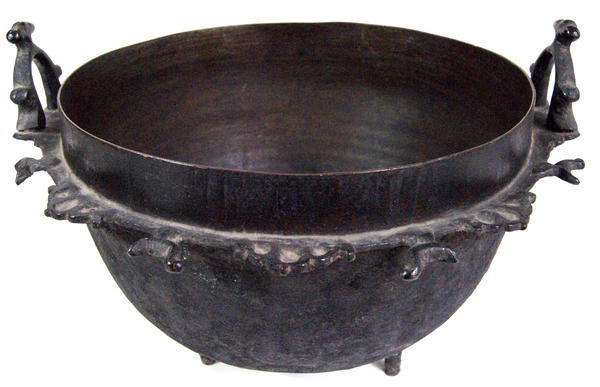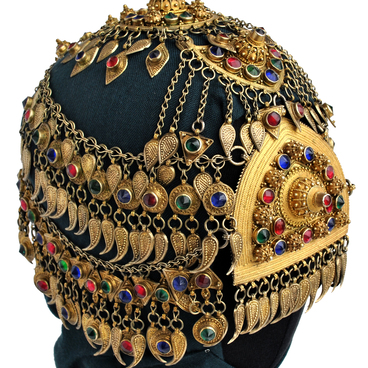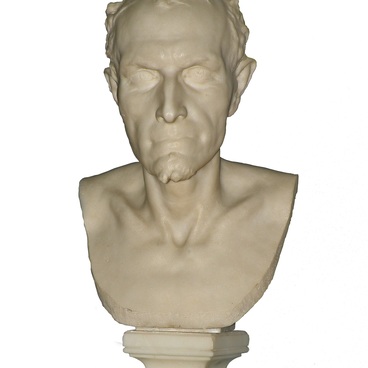The village of Koubachi is situated high in Dagestan mountains. Since the Middle Ages it has been renowned for its craftsmen who manufactured bladed weapons, silverware and women’s jewellery. Koubachi daggers and swords were particularly popular with Russian officers who liked to show off their precious weapons. Even today the villagers continue to allege that Alexander the Great’s famous two-horned helmet and Alexander Nevsky’s shield had been made in their village.
Scholars believe that the craft of making bronze pots had come to Koubachi from Khorasan, a province in the north-east of Iran. It would not however be right to say that local foundrymen had copied the shape of Iranian pots. More often than not they would add details, vary the shape of the rim or invent new images to decorate the item. Casting pots soon became one of the most popular crafts among the Koubachi artisans and it survived to the mid-1970s. It is believed to have reached its peak in the 13th-15th centuries when Koubachi craftsmen achieved perfection both in the manufacture and in the ornamentation of their bronze wares.
Closed-type pots were spherical and richly decorated, most often with relief images of leopards, griffons and birds which could be part of the animalistic cult found in the Dagestan mountains in more ancient times.




